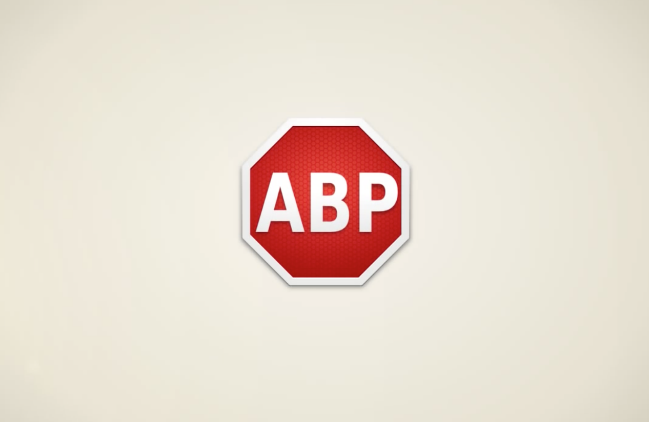Lion Cub’s Cookies - ‘Share a Warm Moment’ - Loneliness Awareness Week 2025
In honor of Loneliness Awareness Week, Columbus-based Lion Cub’s Cookies closed its two booming storefronts on a Saturday, its


Move over Adsense, there's a new kid in town. Adblock Plus has launched a service that replaces ads, the "bad ads", on any given internet property with "acceptable ads". We've all known that Adblock could do this since they opened up ad space for Amnesty on the World Day Against Cyber Censorship, which got a lot of attention.
Adblock Plus has been running an Acceptable Ads program since 2011, and now there's a marketplace open where publishers to pick which ads are deemed "acceptable". The program was fairly limited before as both publishers and ad networks need to specifically work with and pay Adblock Plus to deem some ads acceptable. With the marketplace opening it will now be far easier for publishers to display acceptable ads, as all they have to do is sign up, plug some third party code in their website, and whitelisted ads will run.
Publishers may find this very useful, it's always been near impossible to remove ads from being displayed on ones website if you use Adsense. Publishers have long been complaining that they can not remove scientology ads, for example, even if they deem these ads a poor fit for their own publication. There's also been issues with Adsense showing violent porn ads on regular news sites.
This program from Adblock Plus is publisher friendly, stepping in to give a publisher more control in an area where they previously had none. The biggest weakness of Adsense was the chore of attempting to filter out ads deemed inappropriate for ones publication. The biggest eyesore for the readers was being targeted by ads irrelevant to the publication they're reading and their interests.
Publishers will get to keep 80 percent of all ad revenue from marketplace ads, the remaining 20 go to the parties serving the ads, and Adblock Plus will receive 6 percent of total revenue.
Ben Williams, Adblock Plus’ operations and communications director tells the Verge that this was inevitable.
“Ad blocking would have happened with our without us. What we were able to do is try and reverse the spread of 100 percent black-and-white ad blocking, blocking everything ... Acceptable ads was a pivot toward what we think is better.”
Readers do not want to disable their adbock, not because ads are terrible but because of security issues. On sites like Forbes and The Economist it may even get your computer infected with malware if you don't have Adblock on. The banner ad evil twin who carries clickjacking ransomware is not a new phenomenon, Doubleclick distributed malware in 2010 and I've been preaching to the converted here on Adland since the early 2000s that ad networks need to be better policed or the publishers suffer when blocking becomes standard. Welcome to the future I predicted.
There are those that feel Adblock placing themselves in between networks and publishers have "muscled in" on a territory previously their alone. At TechCrunch Disrupt Randall Rothenberg, the head of the Interactive Advertising Bureau, refused to shake hands with Eyeo CEO Till Faida, the maker of AdBlock Plus. Malware is a problem that the internet can not ignore, and Brave browser is just like adblock, seeking to protect peoples devices from hijacking, while in the future cutting themselves a slice of that ad revenue. I can't wait for the hero that gives the content creators and publishers the largest slice of that pie appears - without content there's nothing to advertise on. Publishers may be unhappy with the acceptable ads program as it likely limits what a site can earn, the "acceptable ads" may not be the highest income generating ads. But without the program there would be no ads, and no revenue from ads, at all.
The Adblock Plus acceptable ads ad marketplace is launching in beta today, with full rollout later this year. Adblock Plus is also setting up a committee of publishers, privacy advocates, and advertisers to figure out the future of what its Acceptable Ad guidelines should look like.
If publishers are initially resistant to this idea, it will be nothing compared to Adblock Plus users. Adblock need to take care not to become the villain of the story here, hated by both the interactive advertising giants, and the readers who opted out from ads completely. In the end this is about control, and who has it. It should always be the individual who can care for their devices as they see fit.
WSJ has an interesting quote:
Eyeo declined to disclose which companies are on its “whitelist”—those that escape ad-blocking. According to a person familiar with the company’s business relationships, paying customers of Eyeo include Google, Microsoft Corp. and Taboola.